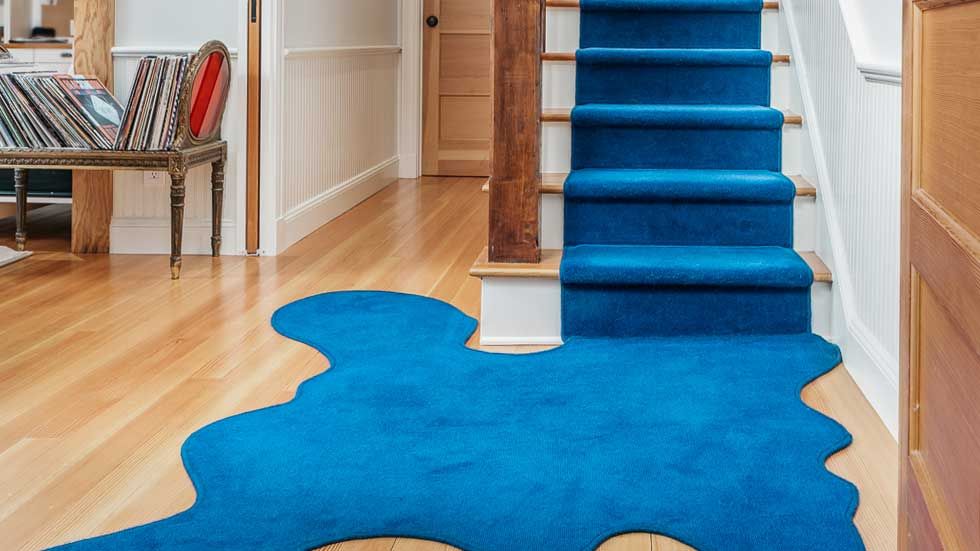
Introduction
In the ever-evolving world of interior design, stairs are transcending their traditional functional role and becoming integral aesthetic components of modern spaces. Once relegated to the peripheries as mere connectors between levels, stairs are now central elements that blend functionality with artistic expression, revolutionizing both public and private interiors.
The integration of stairs in design is not merely a functional necessity but a reflection of societal shifts towards wellness, accessibility, and engaging environments. Recent architectural trends underscore this evolution, showcasing stairs that invite participation, encourage healthy lifestyles, and promote connectivity in built environments.
Stairs As Focal Points
Modern architecture increasingly positions stairs as focal points within buildings, offering not only a path between floors but a statement of design. At George Brown College’s Waterfront Campus in Toronto, the grand stair invites movement and interaction, drawing attention with its impressive glass facade and views over Lake Ontario. Such designs reposition stairs from utilitarian components to central features that embody the ethos of the structure.
Architects are redefining stairs to align with modern values of transparency and interaction. As seen in the Gilgan Centre for Research at the Hospital for Sick Children in Toronto, architects crafted a stair that is not only practical but visually striking, enhancing the connectivity of the building's various levels.
These projects exemplify how stairs can act as the visual and operational heart of a building, encouraging movement and interaction while reflecting the architectural integrity and innovative spirit of contemporary design.
Stair Runners: Tradition Meets Modernity
Once associated with the decor of traditional or farmhouse-style homes, stair runners are making a stylish comeback, merging traditional charm with modern sensibilities. Interior designers now incorporate runners not just for their practical benefits but also for the color and pattern they introduce to the often-overlooked spaces of staircases.
Modern stair runners are adaptable to various styles, blending seamlessly into contemporary settings while ensuring safety and noise reduction. Designers like Ellie Mroz affirm the versatility of stair runners, which when chosen correctly, can complement high-quality wood staircases and diverse interior aesthetics.
With a myriad of materials and styles available, from wool to synthetic, stair runners provide both an aesthetic uplift and a tactile warmth to staircases, enhancing their role both functionally and stylistically within the home.

Architectural Innovation and Active Stairs
In recent decades, a shift toward wellness and community interaction has brought stairs back into focus as dynamic architectural elements. The 'Active Stair' movement advocates for stairs that encourage physical activity, mental well-being, and social interaction by positioning stairs as accessible, inviting spaces within buildings.
Projects such as New York City’s Vessel by Heatherwick Studio spotlight the potential of stairs to become Instagram-worthy landmarks, encouraging visitors to engage with the architecture actively. Such designs aim to redefine how public use stairs, not merely as transitional spaces, but as destinations in themselves.
These active stairs engage users and enhance environmental sustainability by encouraging reduced reliance on elevators, contributing to energy savings while promoting health benefits that extend beyond the physical structure.

Conclusion
The future of stairs in interior design is both exciting and transformative, where their utility is matched by their aesthetic appeal. Stairs now serve as more than just conduits between floors; they are strategic elements that contribute to the overall narrative of a space.
The trend of making stairs a central design feature underscores a broader movement toward thoughtful, health-conscious design that fosters interaction and sustainability. As architects and designers continue to explore new materials, forms, and purposes for stairs, they remain at the forefront of interior design innovation.
Ultimately, the integration of function and aesthetics in stair design promises a future where every step taken is not just a functional necessity but a movement toward experiential architectural beauty.